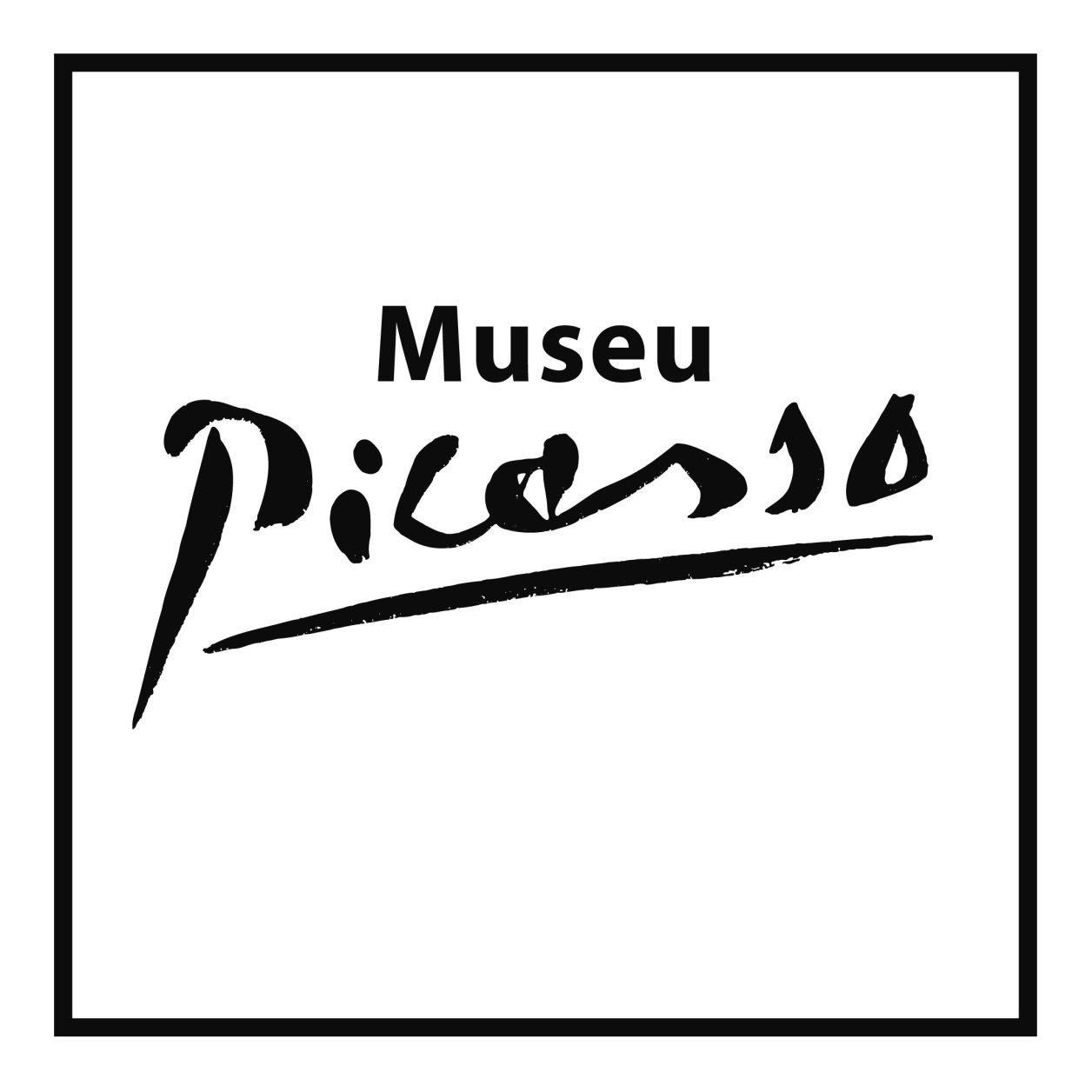- Ajuntament de Barcelona
- Institut de Cultura de Barcelona
Cubism, causes and influences The effects of Cubism and Henri Bergson on music and literature Mary Wibberley
Material type: TextLanguage: Anglès Publication details: Califòrnia: California State University Dominguez Hills 2008 Description: 85 pSubject(s): Picasso, Pablo Ruiz, 1881-1973 | Braque, Georges, 1882-1963 | Cézanne, Paul, 1839-1906 | 2008 | California State University, Dominguez Hills (EUA) | Cubisme | Tesis i dissertacions acadèmiques | 2008 | Braque, Georges (1882-1963) | California State University, Dominguez Hills (EEUU) | Cézanne, Paul (1839-1906) | Cubismo | Picasso, Pablo Ruiz (1881-1973) | Tesis y disertaciones académicasSummary: Initiated by Picasso and Braque, the Cubist movement has its roots in a turbulent period of history in which much change was occurring. Scientific innovations, technological advances, societal changes and tension caused by world events altered the artist's, the author's and the composer's view of traditional formulae and conventions that dated back to the Renaissance. picture plane stirred experimentation by artists with multiple, simultaneous viewpoints. This artistic revolution coincided with Henri Bergson's philosophy concerning space, temporality, simultaneity and intuition over intellect and rationale. Bergson immensely affected the early modern ideology of the arts. the advent of Cubism. This paper discusses the manner in which these precursors affected Cubism, how cubism affected future art, and addresses the manner in which Bergson's ideologies affected early modernism in art, music and literature.
TextLanguage: Anglès Publication details: Califòrnia: California State University Dominguez Hills 2008 Description: 85 pSubject(s): Picasso, Pablo Ruiz, 1881-1973 | Braque, Georges, 1882-1963 | Cézanne, Paul, 1839-1906 | 2008 | California State University, Dominguez Hills (EUA) | Cubisme | Tesis i dissertacions acadèmiques | 2008 | Braque, Georges (1882-1963) | California State University, Dominguez Hills (EEUU) | Cézanne, Paul (1839-1906) | Cubismo | Picasso, Pablo Ruiz (1881-1973) | Tesis y disertaciones académicasSummary: Initiated by Picasso and Braque, the Cubist movement has its roots in a turbulent period of history in which much change was occurring. Scientific innovations, technological advances, societal changes and tension caused by world events altered the artist's, the author's and the composer's view of traditional formulae and conventions that dated back to the Renaissance. picture plane stirred experimentation by artists with multiple, simultaneous viewpoints. This artistic revolution coincided with Henri Bergson's philosophy concerning space, temporality, simultaneity and intuition over intellect and rationale. Bergson immensely affected the early modern ideology of the arts. the advent of Cubism. This paper discusses the manner in which these precursors affected Cubism, how cubism affected future art, and addresses the manner in which Bergson's ideologies affected early modernism in art, music and literature.
| Item type | Current library | Call number | Status | Date due | Barcode |
|---|---|---|---|---|---|
| Document Ofimàtic | Biblioteca Museu Picasso | T PIC Wib (Browse shelf(Opens below)) | Not For Loan (Restricted Access) |
Initiated by Picasso and Braque, the Cubist movement has its roots in a turbulent period of history in which much change was occurring. Scientific innovations, technological advances, societal changes and tension caused by world events altered the artist's, the author's and the composer's view of traditional formulae and conventions that dated back to the Renaissance. picture plane stirred experimentation by artists with multiple, simultaneous viewpoints. This artistic revolution coincided with Henri Bergson's philosophy concerning space, temporality, simultaneity and intuition over intellect and rationale. Bergson immensely affected the early modern ideology of the arts. the advent of Cubism. This paper discusses the manner in which these precursors affected Cubism, how cubism affected future art, and addresses the manner in which Bergson's ideologies affected early modernism in art, music and literature.
Compra ProQuest

There are no comments on this title.